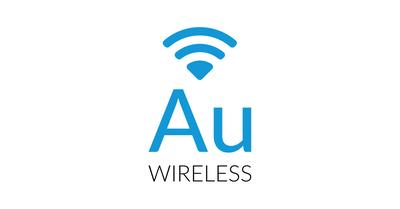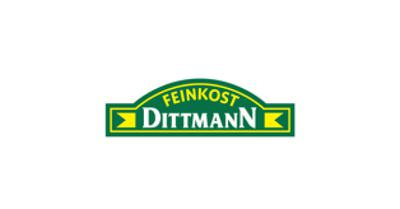AU Wireless gains insights into radio equipment with Paessler PRTG
About AU Wireless
AU Wireless is a non-profit, local wireless internet service provider. They supply broadband via microwave signals to residential customers from speeds of 25 Mbps to over 100 Mbps.
AU Wireless has been in business since 2015 providing high quality internet to homes and small businesses in Golden, Colorado, and surrounding neighborhoods.
PRTG in use
AU Wireless uses Paessler PRTG Network Monitor to gain insight into network hardware and radio equipment used to serve their customers. PRTG alerts them when a customer connection goes down, which is critical for their business. They also use PRTG to monitor bandwidth usage so they can make sure they have enough back-end bandwidth for the entire network.
They are currently monitoring approximately 130 devices, including a core router, network switches, high-powered radio antennae, and customer-facing radios. About 90 percent of what they use are SNMP sensors, along with a few custom sensors, Ping, and HTTP.
The benefits
AU Wireless built a number of maps within PRTG. Some are geographic, showing the physical layout of their network. This allows them to very quickly troubleshoot issues that might be related (for example, a power outage in a neighborhood).
Their customer base is spread out across about 7 square miles, so this type of mapping makes sense for them. They also build bandwidth graphs that they publish on their website for subscribers to see the instant status of the network as well as trends.
Moreover, AU Wireless has saved money on bandwidth costs since they know exactly how much they need at any given moment and are able to track trends, and they've also cut the time it takes to manage the system in half.
Conclusion
With PRTG, they don't have to think or worry about the network. They know there is powerful software checking hundreds of devices every 30 seconds. It has been so reliable for them as a monitoring solution, they almost forget it is there – until it alerts them about an issue.
Get to know more happy PRTG customers
Customer success story I Feinkost Dittmann & PRTG
The well-known delicatessen producer Feinkost Dittmann secures the IT environment for international production and logistics processes with PRTG. ➤ Read the complete customer success story now!
Customer success story BBS Holzminden & PRTG
Even during the stressful everyday life at school, PRTG keeps an eye on the IT environment of Berufsbildende Schule Holzminden round the clock. ➤ Read the complete customer success story now!
Customer success story Dätwyler & PRTG
Swiss IT and OT infrastructure solutions provider Dätwyler IT Infra relies on Paessler PRTG for monitoring in their customer projects. ➤ Read the complete customer success story now!



